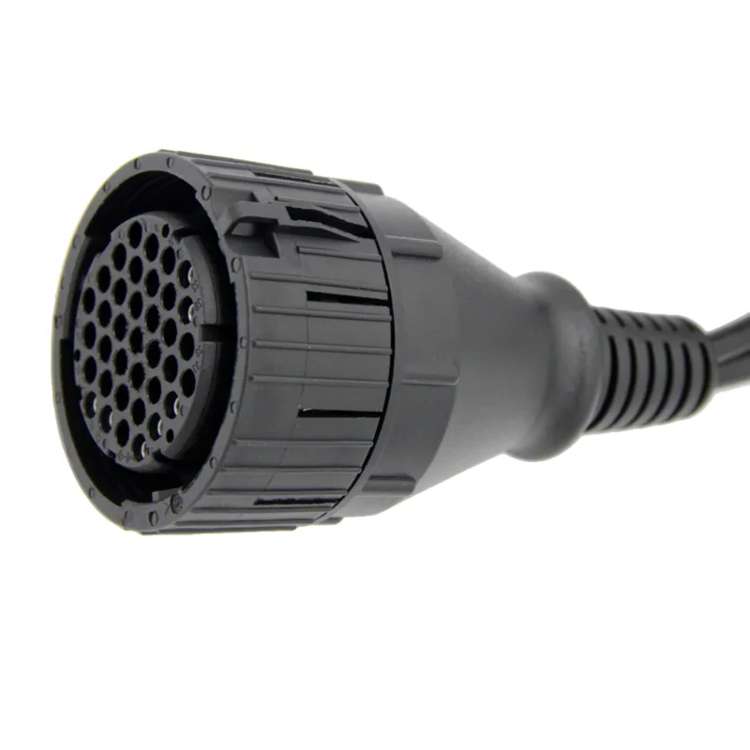Which Aircraft Components Are Suitable for Fiber Optic Replacement
Introduction
The aviation industry constantly seeks innovations to improve safety, efficiency, and performance. One transformative technology gaining traction is fiber optic replacement for traditional aircraft components. Fiber optics offer advantages like reduced weight, immunity to electromagnetic interference (EMI), higher bandwidth, and enhanced durability. But which aircraft systems benefit most from this upgrade? In this article, we explore key components where fiber optics are making a difference—delivering practical solutions to common aviation challenges.
1. Aircraft Communication Systems
Why Replace?
Traditional copper-based wiring in communication systems is heavy, prone to signal degradation, and vulnerable to EMI. Fiber optics solve these issues by:
- Transmitting data at light speed with minimal loss.
- Reducing cable weight by up to 70%, lowering fuel consumption.
- Eliminating cross-talk in high-noise environments.
Applications:
- Cockpit-to-ground communication.
- In-flight Wi-Fi and passenger connectivity.

2. Flight Control Systems (Fly-by-Wire)
Why Replace?
Fly-by-wire systems rely on precise data transmission to control aircraft maneuvers. Fiber optics enhance reliability by:
- Providing real-time data transfer for actuators and sensors.
- Resisting lightning strikes and extreme temperatures.
- Supporting higher bandwidth for advanced flight control algorithms.
Case Study:
Boeing’s 787 Dreamliner uses fiber optics in its flight control networks to reduce wiring complexity and improve response times.
3. Structural Health Monitoring (SHM)
Why Replace?
Monitoring aircraft structures for stress, cracks, or fatigue is critical for safety. Fiber optic sensors (FOS) offer:
- Distributed sensing capabilities across wings, fuselage, and landing gear.
- Real-time strain and temperature measurements.
- Long-term durability compared to traditional piezoelectric sensors.
Example:
Airbus integrates FOS in its A350 XWB to monitor composite materials, reducing manual inspections and downtime.
4. In-Flight Entertainment (IFE) Systems
Why Replace?
Modern passengers demand high-speed streaming and connectivity. Fiber optics enable:
- Ultra-HD video distribution to every seat.
- Low-latency gaming and video conferencing.
- Simplified cabling infrastructure for airlines.
Benefit:
Lufthansa’s use of fiber-optic IFE systems reduced maintenance costs by 30% while boosting passenger satisfaction.
5. Engine and Power Systems
Why Replace?
Aircraft engines generate extreme heat and vibration, challenging traditional wiring. Fiber optics excel here by:
- Surviving high-temperature environments (up to 300°C).
- Transmitting data from engine health monitoring systems without interference.
- Reducing fire risks due to non-conductive materials.
Application:
General Electric’s GEnx engines use fiber optics for real-time performance analytics.
6. Navigation and Landing Systems
Why Replace?
Precision in navigation is non-negotiable. Fiber optics improve:
- Signal clarity for Instrument Landing Systems (ILS).
- Data accuracy in adverse weather conditions.
- Integration with next-gen systems like LiDAR for autonomous landings.
Example:
NASA’s research highlights fiber optics’ role in enhancing GPS-denied navigation for future aircraft.
Challenges of Fiber Optic Adoption
While promising, transitioning to fiber optics requires:
- Higher upfront costs for installation and training.
- Compatibility checks with legacy systems.
- Certification from aviation authorities (e.g., FAA, EASA).

